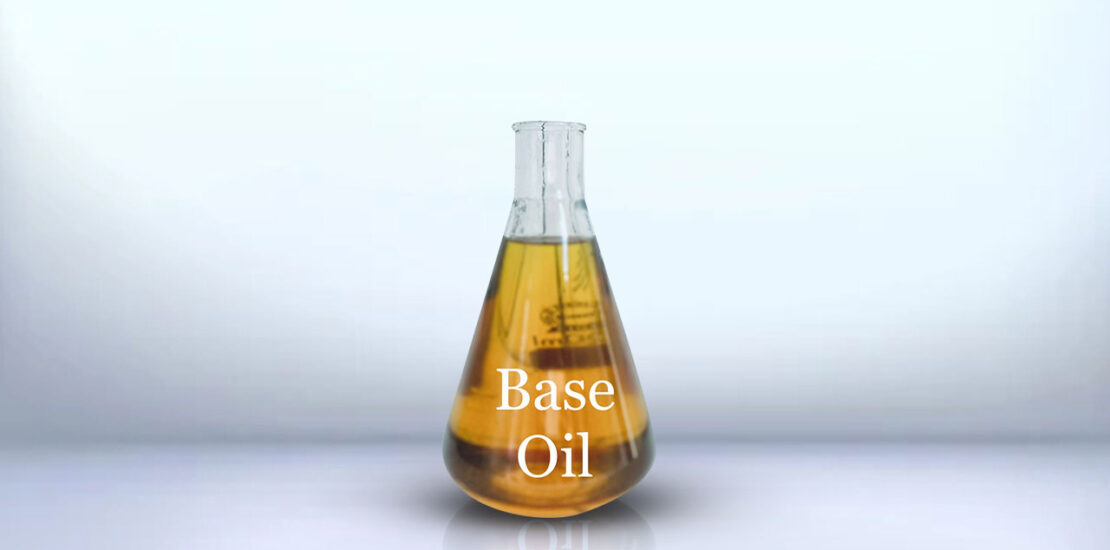- 26 August 2023
- Posted by: sspetrochem.com
- Categories:

Base Oil
Uses / Application:-
Base oils are used to manufacture products including lubricating greases, motor oil and metal processing fluids. Different products require different compositions and properties in the oil. One of the most important factors is the liquid’s viscosity at various temperatures. Whether or not a crude oil is suitable to be made into a base oil is determined by the concentration of base oil molecules as well as how easily these can be extracted.
Base oil is produced by means of refining crude oil. This means that crude oil is heated in order that various distillates can be separated from one another. During the heating process, light and heavy hydrocarbons are separated – the light ones can be refined to make petrol and other fuels, while the heavier ones are suitable for bitumen and base oils.
API classification
In 1993, the American Petroleum Institute (API), categorized base oils into five main groups. Chemical and physical characteristics are defined for Groups I through III that reflect how refined they are, correlating in some way to high and low-temperature viscosity, oxidative stability, volatility, and so on. Group IV oils comprise polyalphaolefins by definition, and Group V oils are those that do not fit into any previous category. The intent of such categorization is to help ensure that engine oils retain performance when different base oils are used.[6]
Group I
Originating in the 1930s, the least refined type which is produced by solvent refining. It usually consists of conventional petroleum base oils. An improvement to the refining process in the 1960s called hydro-treating made this base oil more stable, less reactive, and longer lasting than the earlier base oils.
API defines group I as “base stocks contain less than 90 percent saturates and/or greater than 0.03 percent sulfur and have a viscosity index greater than or equal to 80 and less than 120”.
Group II
In 1993, the American Petroleum Institute (API), categorized base oils into five main groups. Chemical and physical characteristics are defined for Groups I through III that reflect how refined they are, correlating in some way to high and low-temperature viscosity, oxidative stability, volatility, and so on. Group IV oils comprise polyalphaolefins by definition, and Group V oils are those that do not fit into any previous category. The intent of such categorization is to help ensure that engine oils retain performance when different base oils are used.[6]
Group I
Originating in the 1930s, the least refined type which is produced by solvent refining. It usually consists of conventional petroleum base oils. An improvement to the refining process in the 1960s called hydro-treating made this base oil more stable, less reactive, and longer lasting than the earlier base oils.
API defines group I as “base stocks contain less than 90 percent saturates and/or greater than 0.03 percent sulfur and have a viscosity index greater than or equal to 80 and less than 120”.
Group II
Originating in 1971, a better grade of petroleum base oil, which may be partially produced by hydrocracking. All impurities will be removed from the oil leading to clearer color.
API defines group II as “base stocks contain greater than or equal to 90 percent saturates and less than or equal to 0.03 percent sulfur and have a viscosity index greater than or equal to 80 and less than 120”.
Group III
Originating in 1993, the most refined grade of petroleum base oil, since they are fully produced by hydrocracking, hydroisomerization, and hydrotreating, which make these oils purer.
API defines group III as “base stocks contain greater than or equal to 90 percent saturates and less than or equal to 0.03 percent sulfur and have a viscosity index greater than or equal to 120”.
Group IV
Originating in 1974, consists of synthetic oils made of polyalphaolefins (PAO). Group IV base oils have a viscosity index range of 125 – 200.
Polyalphaolefin oils have a higher oxidative stability in extreme temperatures, and also have exceptionally low pour points, which makes them much more suitable for use in very cold weather (as found in northern Europe), as well as in very hot weather (as in Middle East).
Group V
Originating in the 1940s, any type of base oil other than mentioned in the previously defined groups. Group V oils include alkylated naphthalenes (e.g., ExxonMobil Synesstic[8]) and esters.[9]
Originating in 1971, a better grade of petroleum base oil, which may be partially produced by hydrocracking. All impurities will be removed from the oil leading to clearer color.
API defines group II as “base stocks contain greater than or equal to 90 percent saturates and less than or equal to 0.03 percent sulfur and have a viscosity index greater than or equal to 80 and less than 120”.
Product Image

